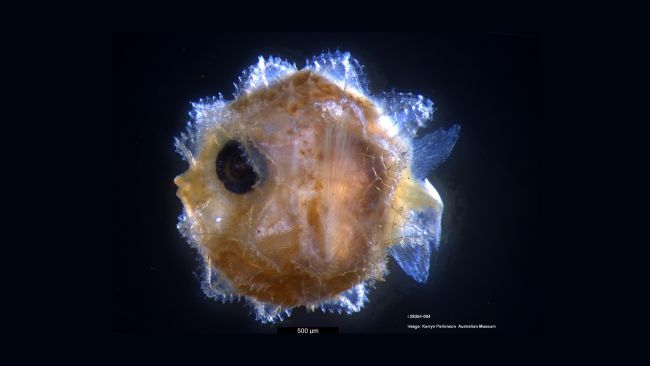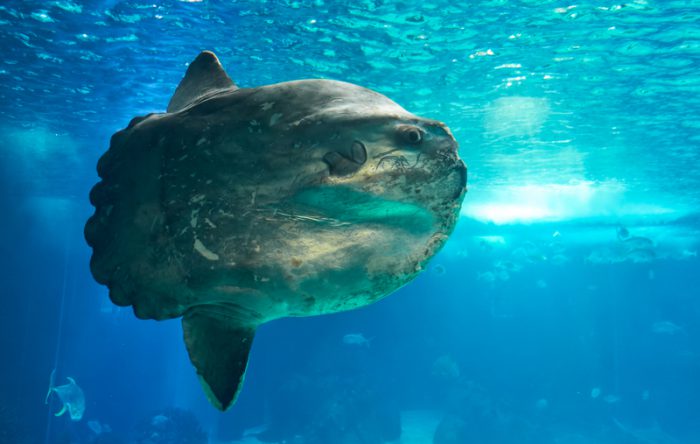When a fish is three metres (10 feet) long and weighs over 2,000 kilograms (4,400 pounds), you don't expect that anything about them would be difficult to find. And when they hold the animal kingdom record for fecundity (that's the potential to have babies with an incredible 300 million eggs inside females), you don't expect that their young would be a rarity.
And yet, that is exactly the case with the babies of sunfish species, which belong to the animal family Mola. For years, ocean biologists have had a very difficult time trying to figure out what the larvae, or babies, of these massive fish looked like. And now, thanks to DNA sequencing, they know why it was always so hard.
It's because they are tiny. So so tiny.
Excitingly we have just genetically identified the first ever larva of the 'giant sunfish' (Mola alexandrini). These larvae are exceedingly cute but very hard to come by! https://t.co/fubDVKyjmr pic.twitter.com/ufGCOWQTzK
— Marianne Nyegaard (@SunfishOZNZ) June 2, 2020
Can you imagine trying to find babies this small in the middle of the ocean?
Easy to miss

A sunfish larvae is 600 times smaller than an adult. (Kerryn Parkinson)
Yes, that tweet is not a joke. Those incredibly tiny, bug-sized babies do eventually grow up to become the heaviest bony fish on the planet.
The match between baby and adult was only confirmed after scientists in Australia compared the genetic material between the two specimens and saw the connection. And the more biologists know about how these special fish have their young, the more they can help protect their habitats.
Because despite being so large and having the ability to have so many babies, these fish are listed as vulnerable by the International Union for the Conservation of Nature (IUCN). Hopefully these insights into their young will turn the tide!
 Sunfish belong to the Mola family. There are six different species, this is the Mola mola, or ocean sunfish. (Photo
Sunfish belong to the Mola family. There are six different species, this is the Mola mola, or ocean sunfish. (Photo 









😯